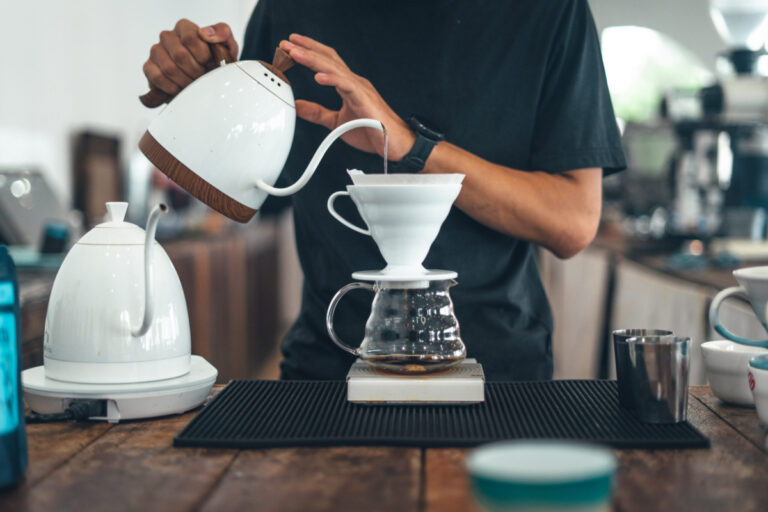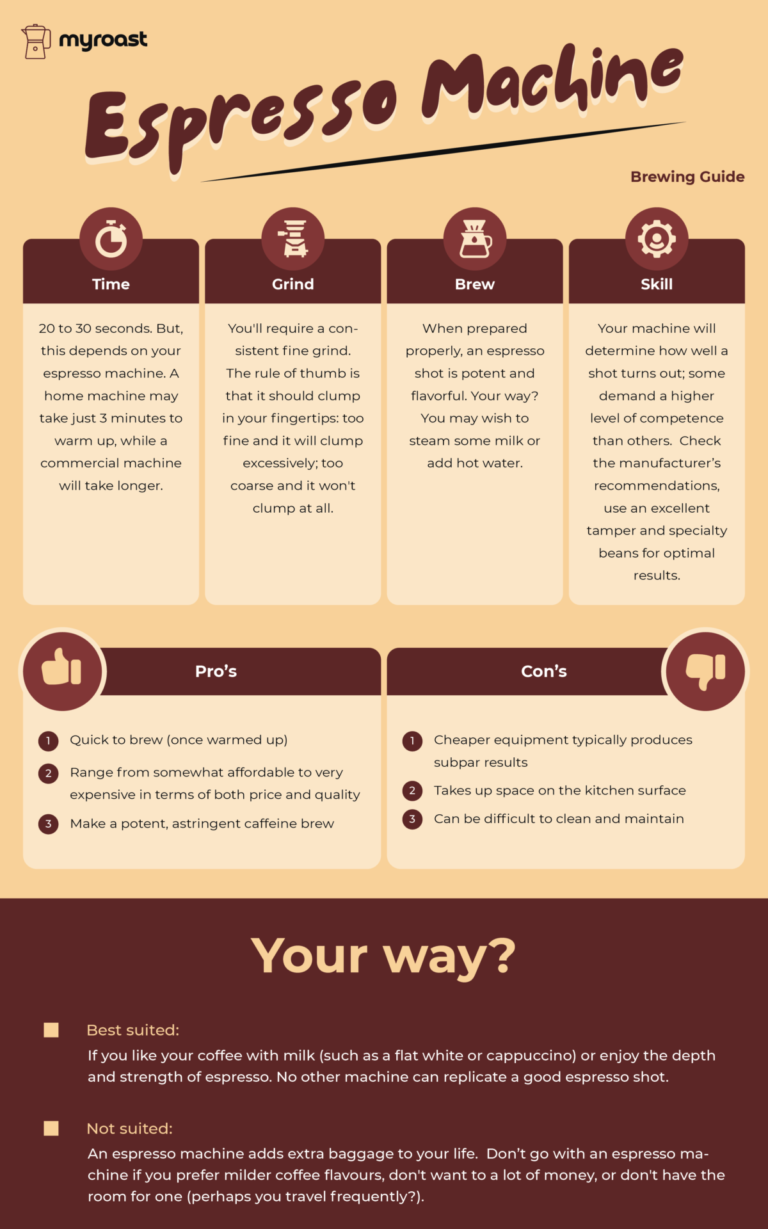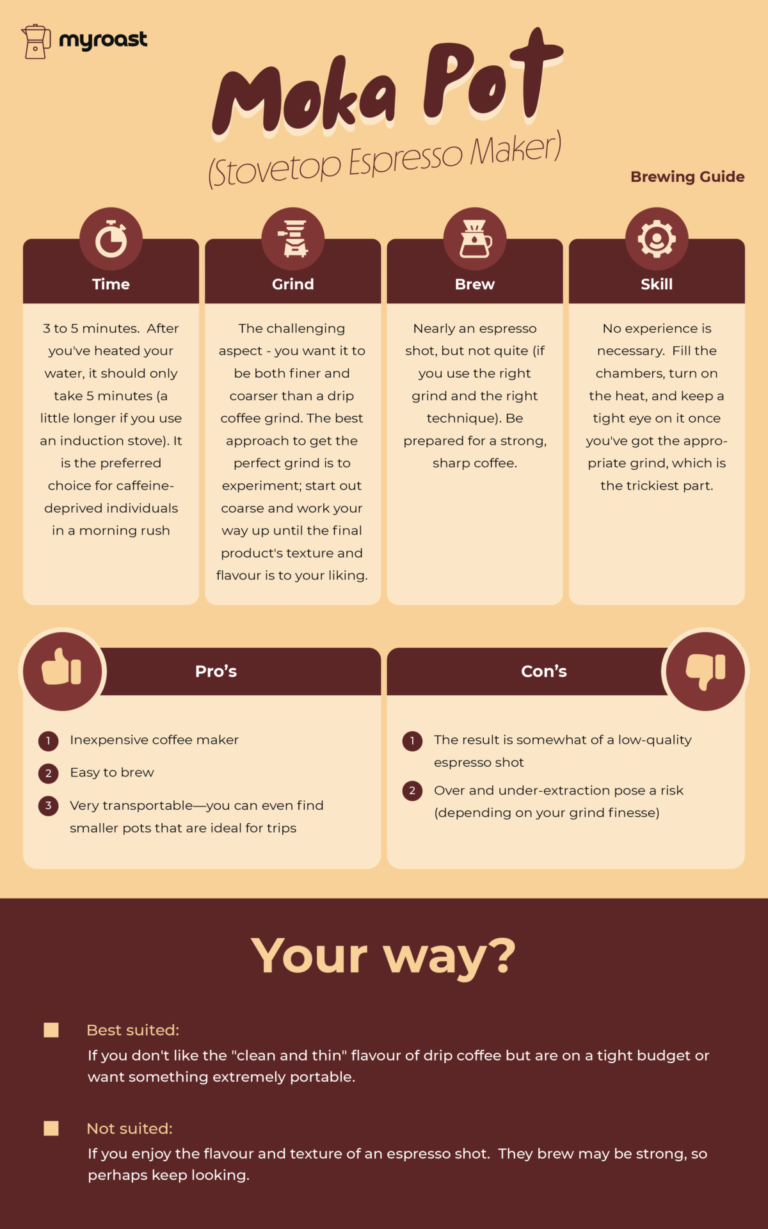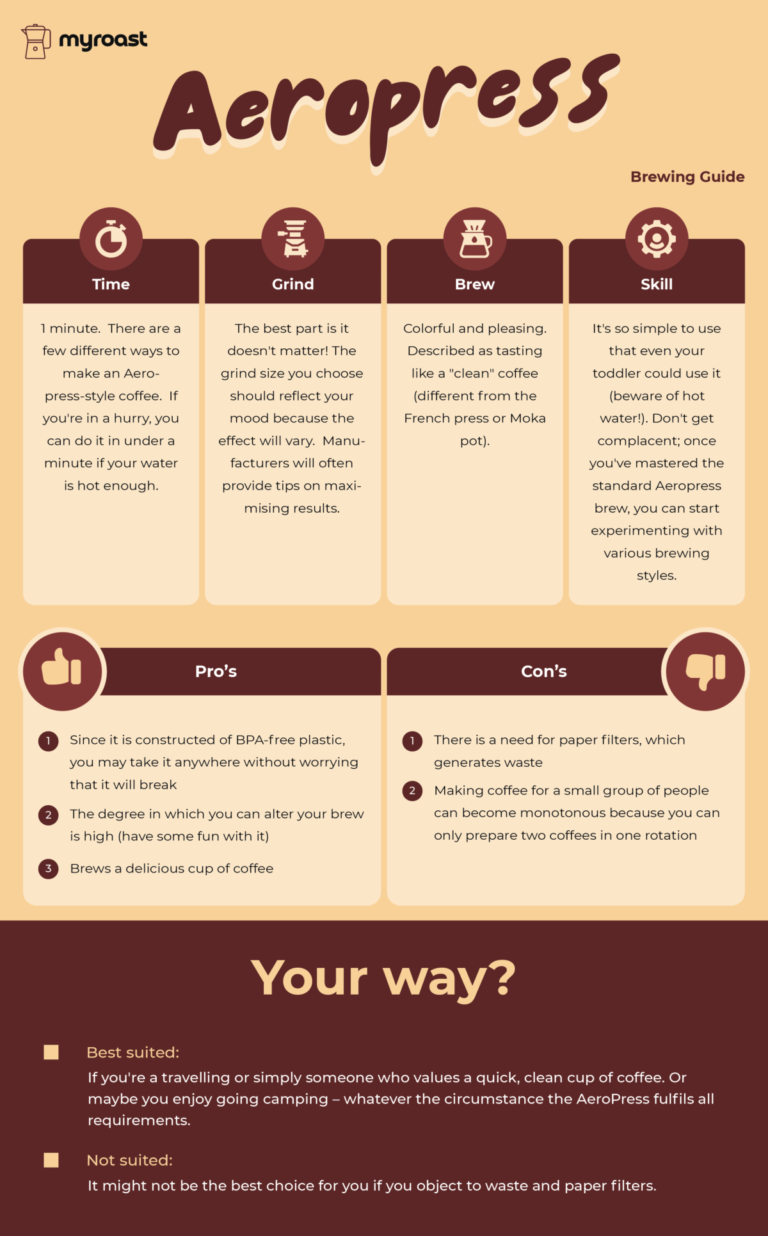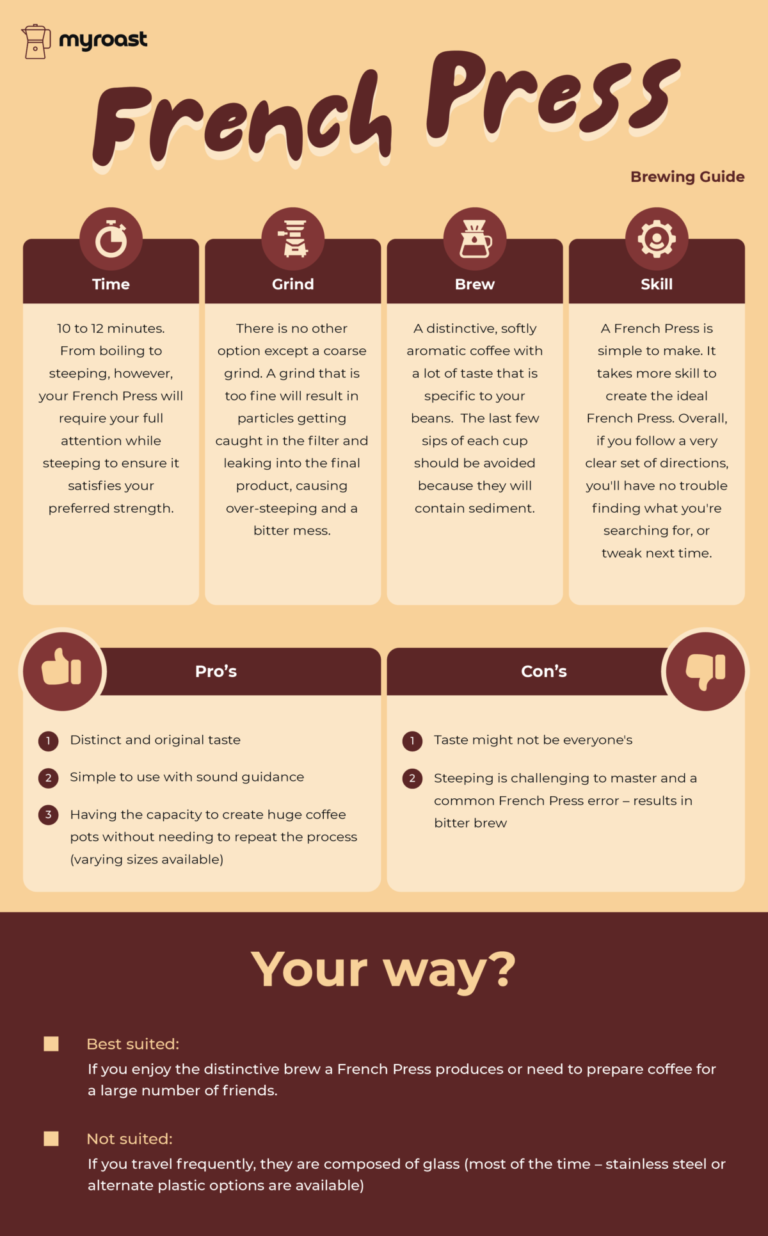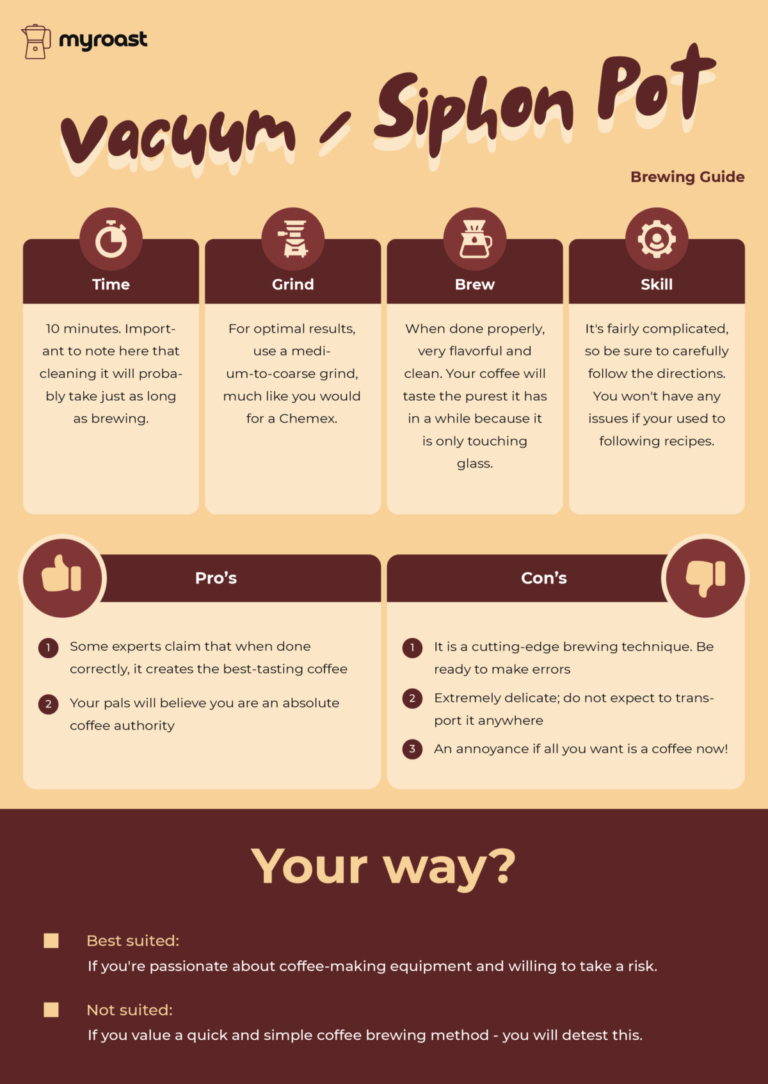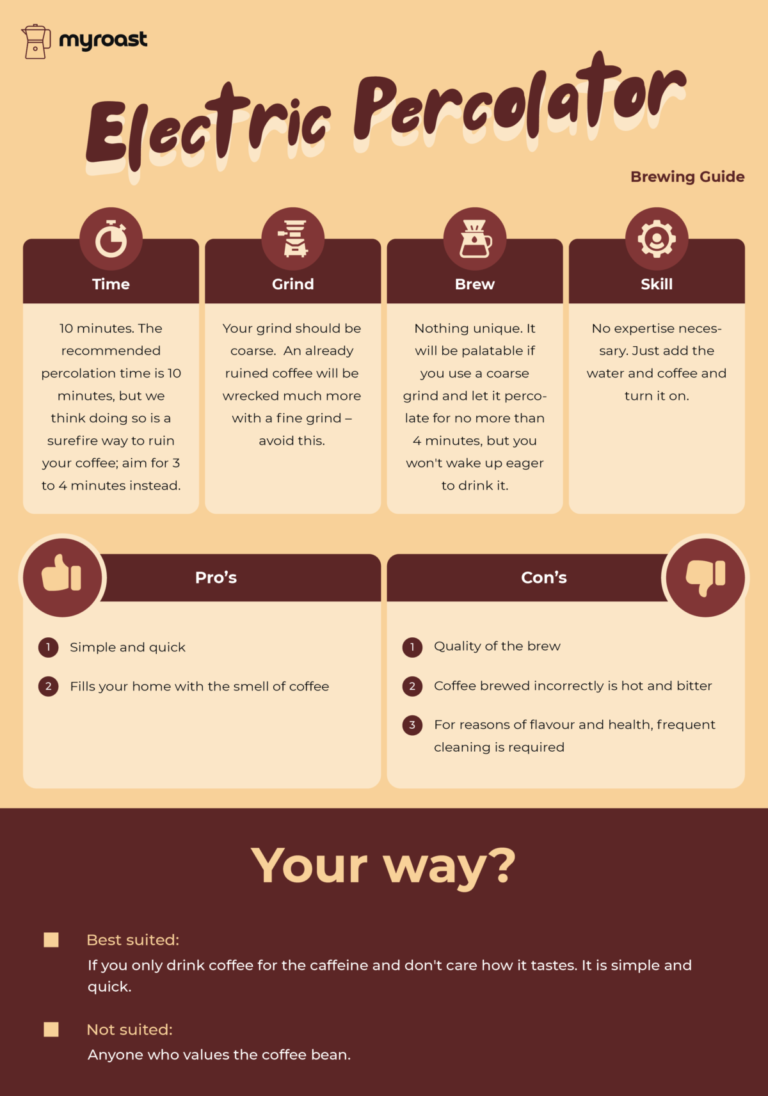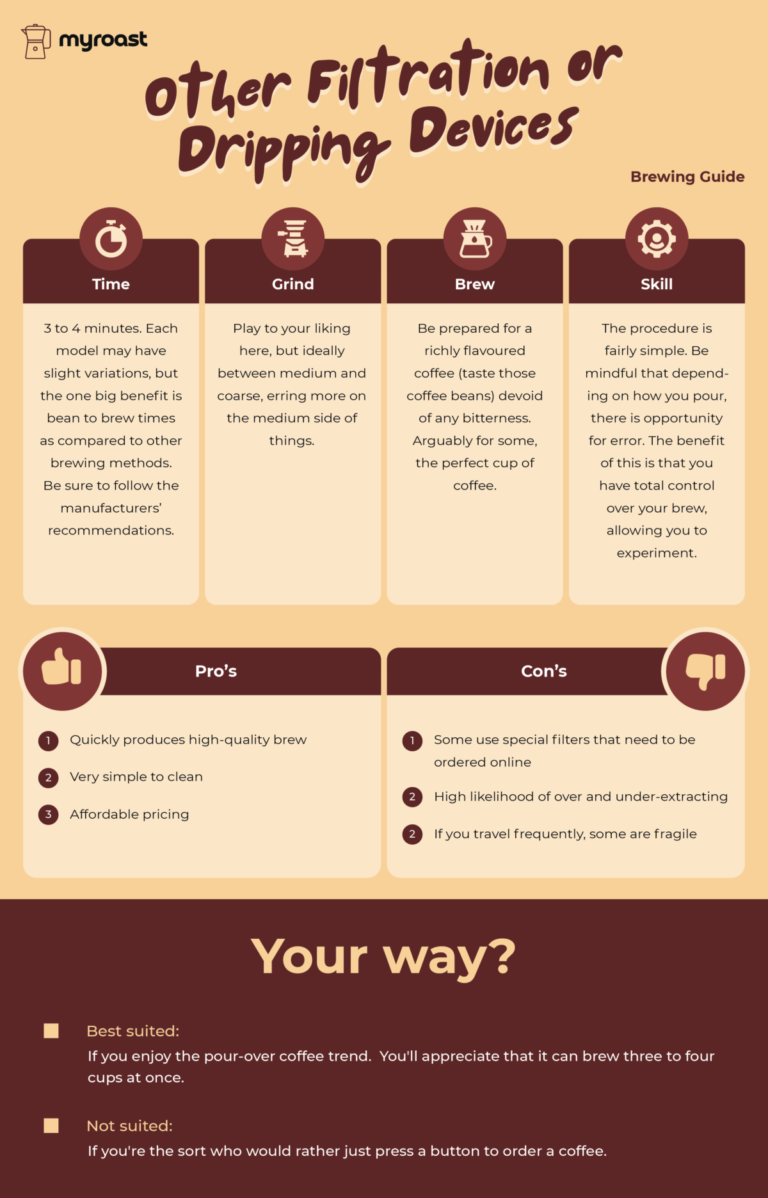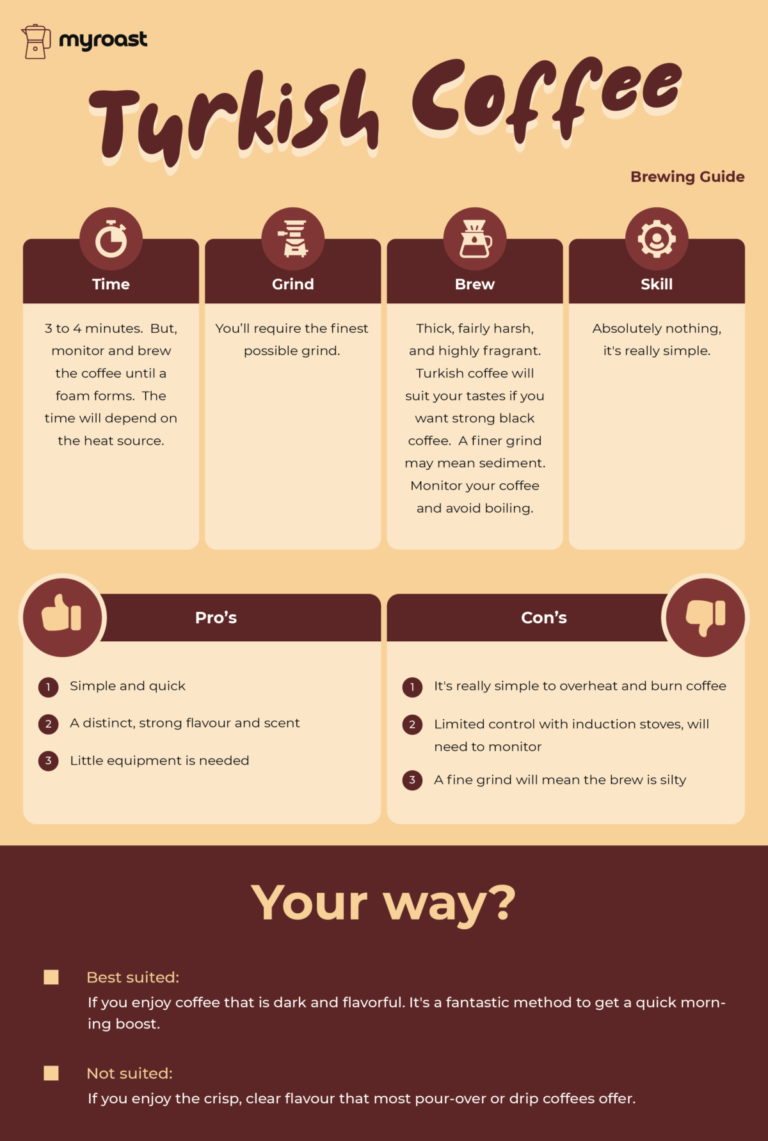We have covered the electric percolator, and without attempting to cover all the available drippers and pour over style devices on the market, we think the Chemex, the Hario V60, the Kalita Wave are worth a mention.
Chemex
The main advantage of a Chemex over other drippers is capacity; you can easily prepare three or four cups at once as opposed to one or two, making it a hit when the posse is present. In fact, a 10-cup Chemex that holds 50 ounces of water is available for purchase. It is the best friend of the performer.
Like other drippers, this one requires some effort to get the hang of the finer points related to grind size, water temperature, and coffee volume. But once you do, get ready to fall in love.
The Hario V60
The Hario v60 is a compact, portable coffee maker that delivers a fantastic cup of joe. It is a straightforward yet excellent way to brew coffee. What more could you want? It's lightweight, portable, and functional.
Yes, it appears to be straightforward, but this small dripper's uniqueness lies in the way its cone-shaped dripping system is created; it has a sizable hole at the bottom that is channeled by spiral ribs on the side.
Add your grounds and paper filter, then go for it. Like with other pour over techniques, getting the ideal brew requires some technique, but after a few attempts, you'll get it down pat.
The Kalita Wave
The Hario V60's nemesis, the Kalita Wave Dripper, is now giving the V60 a run for its money. The Kalita Wave also uses a straightforward cone-shaped dripping system, but because of its flat bed, dwell times are greater and there is less opportunity for error.
Consistency is important when choosing a daily brew method, and generating an excellent-tasting brew is easy with the Wave, time after time.


